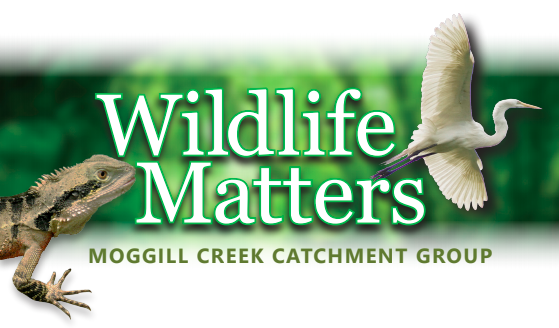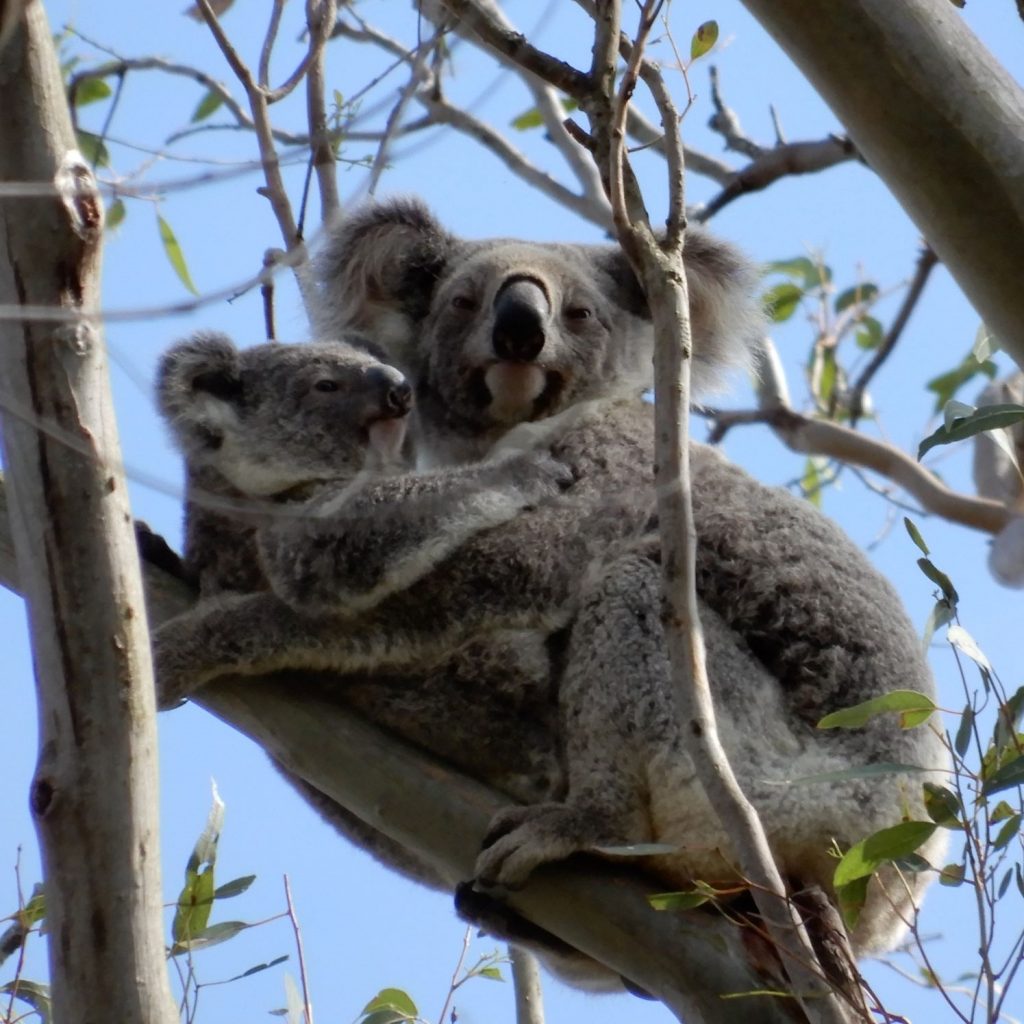Threatened Species Profile – Koalas
The koala (Phascolarctos cinereus) is probably Queensland’s most iconic threatened species, and we are lucky enough to have them living in our local area. You can’t mistake their unique features like a large round head, big furry ears and a big black nose. But sadly, koalas are threatened with extinction. In southeast Queensland, the reasons for this precarious situation are mostly attributed to loss of habitat but they face other threats locally such as being hit by cars, attacked by dogs and disease.
A new Koala Conservation Strategy was released in 2020 by the Queensland government to direct and better coordinate recovery actions. One of the actions in the Strategy is to have improved koala habitat mapping so that important habitat can be protected. There is core koala habitat throughout our local area with some of it classed as Koala Priority Areas, which are afforded the highest protection because they are considered important to safeguard koala populations. If you want to know whether your property is mapped as core koala habitat you can request a property report or use the interactive mapping available on Queensland Globe: (https://www.qld.gov.au/environment/land/management/vegetation/maps/map-request)
In addition to providing important koala habitat locally, we also host the Moggill Koala Rehabilitation Hospital, which specialises in treating and rehabilitating koalas for return to the wild. They are also trialling a new Chlamydia vaccination to beat the devastating disease plaguing the koalas.
You can help support our local koala population by retaining large established trees, planting koala food trees, watching out for them on the roads at night, keeping dogs confined at night, and reporting sick or injured koalas. If you want to go koala spotting, we have recently recorded them in Anstead Bushland (see photo), Moggill Conservation Park, John Sprent Reserve and areas of Mount Coo-tha. Look out for them on Mt Crosby Road and Lake Manchester Road. If you’re looking for some koala-inspired day trips, check out the picnic areas and reserves around Wivenhoe Dam.
If you see a sick or injured koala, please call the hotline on 1300 ANIMAL (1300 264 625).
Manda Page
Anstead koalas (Phascolarctos cinereus) Photo: Manda Page
Published in




